EVERYONE NEEDS TO STEP BACK
“AI” is reshaping how we live and work. While the evolution and adoption of AI presents some advantages, it also introduces some challenges that we need to consider. On the one hand, employees should step-back and understand that AI can and should be considered a natural progression of innovation. On the other hand, businesses need to approach AI implementation with caution. I want to explain why EVERYONE needs to take a step back and take a breath.
THIS ISN’T THE FIRST TIME
History contains countless examples of our pursuit to innovate. From the invention of the wheel to the development of automobiles, technology has transformed the way we live and work. Each advancement has brought both challenges and opportunities, reshaping how we go through our days. The Industrial Revolution, for example, radically changed labor dynamics, creating new jobs while rendering some obsolete.
We have been in the digital revolution for decades, and we are in a sprint towards the AI revolution (this doesn’t need to be a scary term). AI represents the latest advancement of humanity. It promises increased efficiency, improved insights, and enhanced productivity across virtually all areas of life. As people, we have a tendency to resist change, often due to fear of the unknown.
THE CASE FOR EMPLOYEES
AI can enhance job roles by taking on more mundane tasks, allowing employees to focus on more important responsibilities. For instance, in industries like healthcare, AI can analyze patient data, allowing doctors to make better-informed decisions. Not only improving accuracy but also allowing healthcare professionals to dedicate more time directly to patient care.
The integration of AI into the workforce requires learning. Employees who embrace change are more likely to develop new skills that help them grow. Organizations should, of course, provide training programs that equip employees with the knowledge needed to work alongside AI.
While the fear of job replacement often dominates discussions around AI, it is crucial to recognize that technology can reduce workplace stress and free up time for employees to engage in creative and strategic thinking.
THE CASE FOR BUSINESSES
While AI has the potential to improve efficiency, businesses must be mindful of the consequences of mass employee replacement. If companies prioritize automation at the expense of their workforce, they risk creating a large segment of the population that cannot afford to participate in the economy. This could lead to decreased consumer spending, ultimately harming businesses that rely on a healthy customer base.
Businesses have a social responsibility to consider the broader affects of their decisions. The implementation of AI without a thoughtful approach can exacerbate income inequality. Companies must weigh the financial benefits of automation against the potential economic fallout of job losses. By adopting a balanced approach to AI, businesses can contribute to a stable economy while still reaping the benefits of technological advancements.
Rather than resorting to mass layoffs, businesses should invest in employee transition programs and initiatives. By providing training and support for employees whose roles are being affected by AI, companies should help them adapt to new positions within the organization. This approach not only limits the negative impact of automation on the workforce but also demonstrates a commitment to employee welfare and corporate responsibility.
BALANCING ACT
The journey toward integrating AI into the workforce is not a straightforward path. Employees must be willing to adapt to new technologies and embrace the changes they bring. Simultaneously, businesses need to approach AI implementation with caution, ensuring that they prioritize both profitability and social responsibility.
Open communication between employees and management is essential for a successful transition to an AI-integrated workplace. Management should actively seek employee input on AI implementation strategies and foster an environment where feedback is valued. This collaboration can lead to solutions that benefit both the workforce and the organization as a whole.
Companies should focus on creating a sustainable business model that accounts for the potential impact of AI on employment. By ensuring that their business practices align with the well-being of society, companies can create a more stable environment for their employees and consumers.
ADAPT. CAUTIOUSLY.
The rise of AI presents both opportunities and challenges for the workforce and businesses alike. Employees should embrace the evolution of technology as a natural progression in human history, recognizing that innovation has always been a part of our existence.
On the other side, businesses need to approach AI implementation with caution, weighing the potential risks of mass replacement against the benefits of increased revenue and cost-savings. By investing in employee learning and ethical practices, companies can navigate this correctly.
By fostering collaboration between employees and management, creating sustainable business models, and offering learning, we can incorporate AI into the corporate space without having it be a scary or evil thing.







